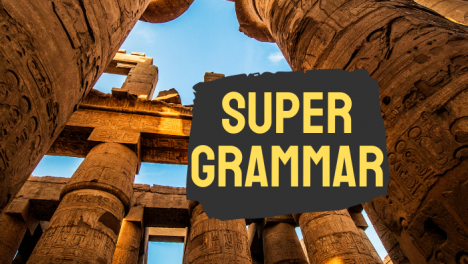
Today I’d like to talk about parallel construction of correlative conjunctions. (Don’t yawn; it’s not as bad as you may think!)
Let me break this down for you, so it’s less daunting.
Firstly, conjunctions are words that join parts of a sentence (or even two sentences) together. So, they join up two ideas into one sentence. They’re words like and, but, and if.
What are correlative conjunctions? They are conjunctions used in pairs, and that depend on each other to form a complete thought. For example, if–then; either–or; neither–nor; both–and; and not only–but also.
A perfect example of correlative conjunctions is:
If you use correlative conjunctions, then you must use parallel structure.
And the point made in that example sentence is true: when using correlative conjunctions, you need to make sure you have parallel construction.
Parallel construction means the words that follow both portions of the correlative conjunctions must belong to the same parts of speech. That is to say, if a verb follows the first conjunction then a verb should also follow the second conjunction. Or if you use an adjective in the first part of the sentence, then you must use another adjective in the second part, and so on.
Consider the examples below:
Wendy Wood
Proofreader
Did you enjoy Super Grammar?
Get a new and super useful grammar tip from our proofreader Wendy, directly to your inbox, once a fortnight in Typeset’s The Write Fit newsletter. Subscribe here:
